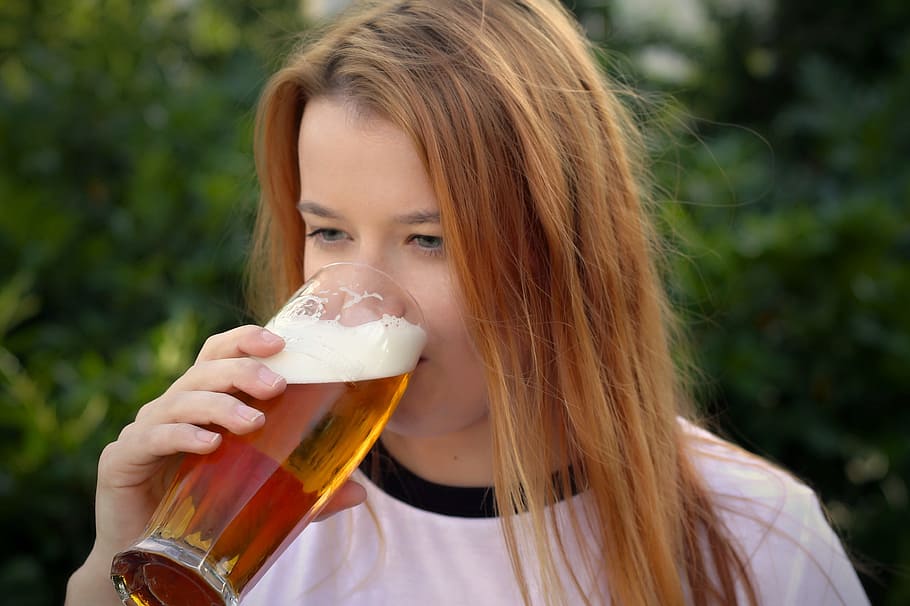In the last two decades, young people in Flanders have been found to drink, smoke, and take drugs less. However, excessive drinking has not decreased.
The Flemish expertise centre Alcohol and other Drugs (VAD) analysed the results of its annual surveys of secondary school pupils from the past 20 years to compile a comprehensive report on the evolutions and trends of alcohol, tobacco and drug use. A striking decline in alcohol consumption was recorded.
"We see a systematic decrease in alcohol consumption, especially among the youngest (12-14 year-olds). The alcohol consumption in this age group decreased very much over the reporting period," Katleen Peleman, Director of the VAD, told The Brussels Times.
The percentage of students who have at one point drunk alcohol dropped from 87% in 2000 to 57% in 2019. But the decline is less pronounced among older students.
Social trends
Since 2009, alcohol consumption is prohibited for those under the age of 16. Peleman believes this legislation "undoubtedly played an important role in this decrease among the youngest respondents... Young people also refer to this law in their response, saying that they are not allowed to drink by law. More and more young people know about this limit."
The role of society as a whole is also important, as adults are much more careful when it comes to drinking regularly as they "realise that it's not a healthy product to consume in excess amounts," Peleman explained.
"This is also reflected in parents' behaviour: they are less inclined to let their children taste alcoholic drinks at home, meaning the first step towards drinking is made at a later and later age."
However, the tendency among young people to drink excessively or to binge drink (six glasses in two hours for boys, four for girls) has not decreased to the same extent, instead remaining stable at around 15%.
Smoking and (illegal) drugs
The number of regular smokers in secondary schools has also dropped dramatically in recent years. The number of students to have smoked at some point has halved and the share of regular smokers is a quarter of results from the 2000-2001 survey.
Yet this decline is more clear-cut among students in General Secondary Schools (ASO) and Technical Secondary (TSO) than in Vocational Secondary (BSO) schools, where students often start smoking earlier and are more likely to do so on a daily basis.
Related News
- Counterfeit alcohol in Russia claims 34 lives
- Two Belgians on Europol shortlist of most wanted criminals
- Police on lookout for drunk drivers as measures ease
Fewer students are using cannabis than at the beginning of the century but the decline in recent years was more gradual and stopped around 2015, mainly due to the drug's increased availability and destigmatisation.
"Young people indicated that the use of cannabis depends on friendship groups. Many said that they think that their friends will accept its use, so you feel that this has become more accepted in recent years," Peleman said.
Generally, the report found clear links between certain motives for drug use and the extent to which use occurs. Those who infrequently take substances do so to "relax or have a good time"; more excessive use is more often linked to negative motives, including "to get drunk/stoned, or to forget worries."
The VAD reported an increase in the use of just two drugs in recent years: ADHD medication and sleep-inducing medication or sedatives.

